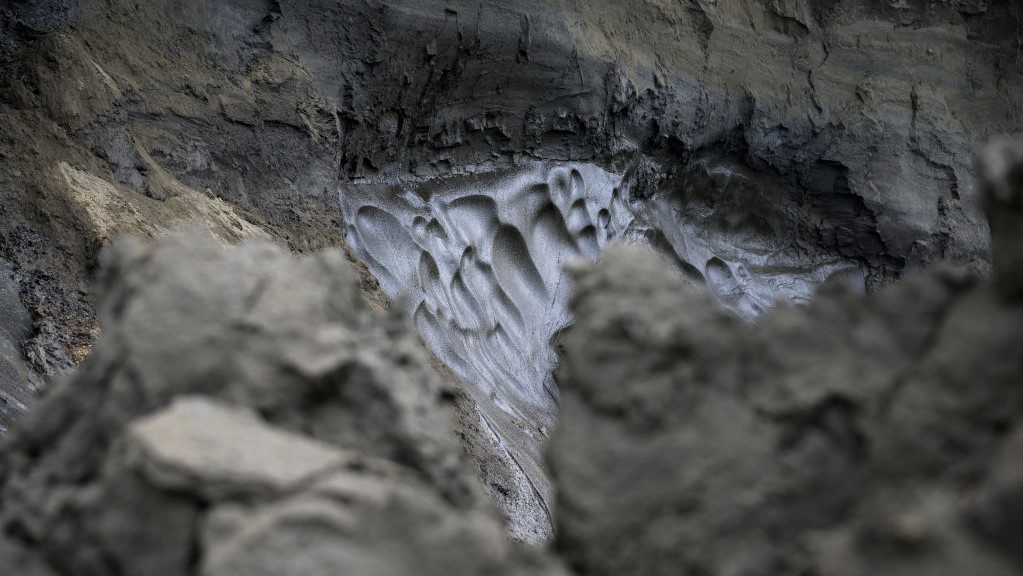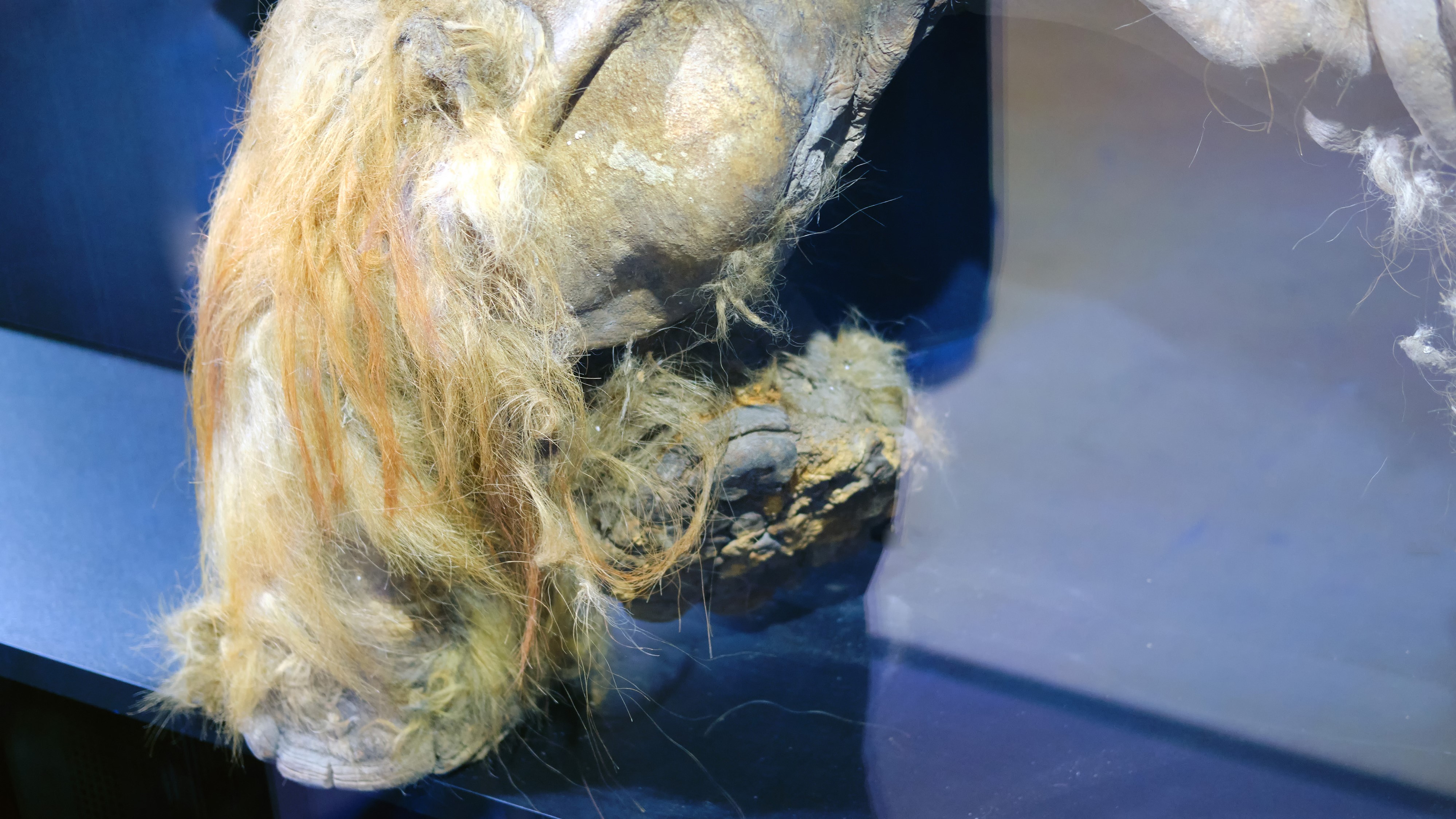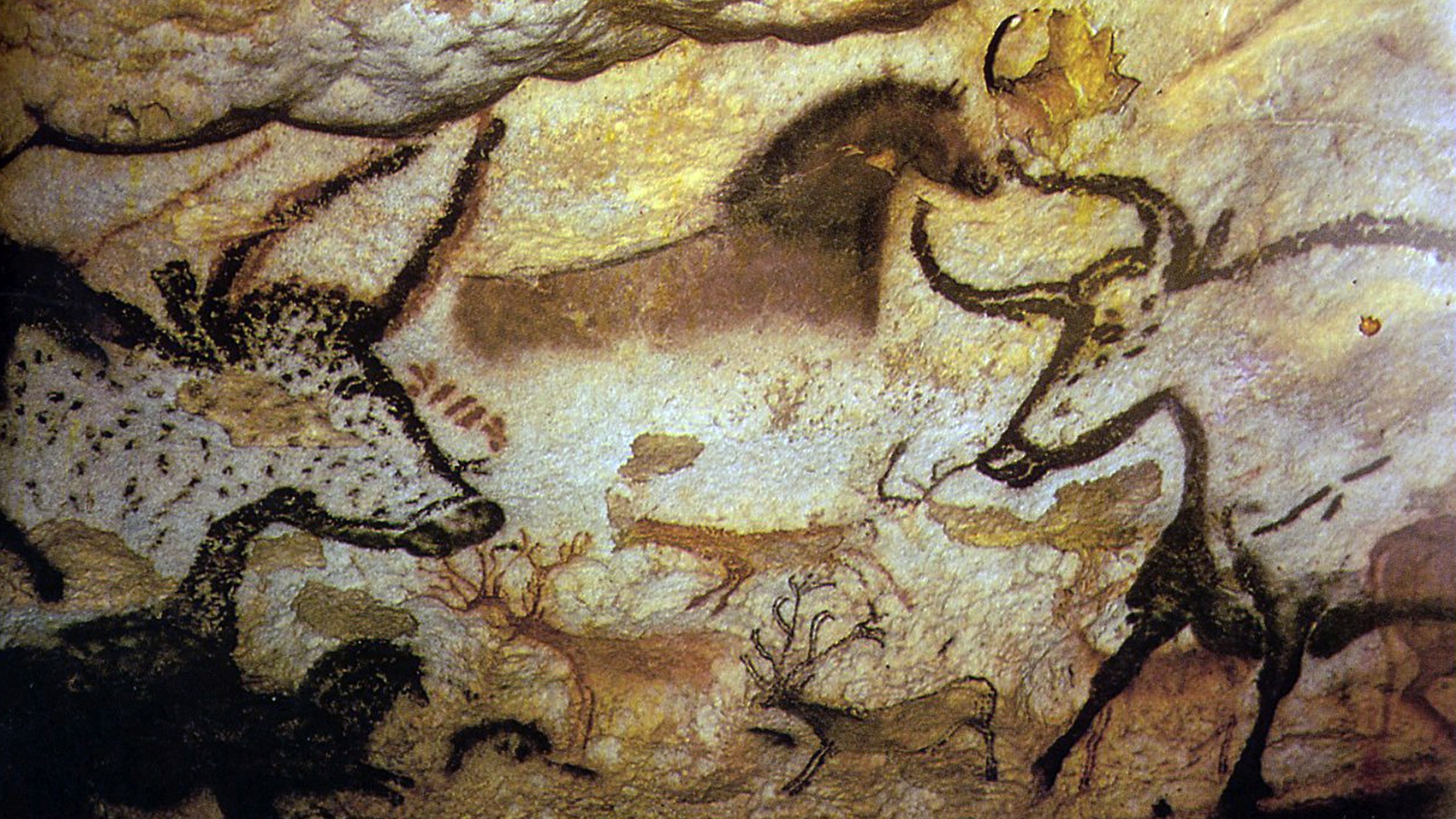8 ancient 'zombie viruses' that scientists have pulled from the melting permafrost
Scientists are discovering and resurrecting ancient viruses trapped in permafrost and frozen remains. Here are 8 'zombie' viruses that scientists have pulled from the permafrost.

Locked away in frigid Arctic soils and riverbeds is a world teeming with ancient microbes. Bacteria and viruses that existed thousands of years ago are frozen in time inside prehistoric layers of permafrost.
Warming temperatures could cause much of the ice to melt and unleash these microbes from their frosty prisons. Once free, unknown pathogens could infect humans or other animals.
"The risk is bound to increase in the context of global warming, in which permafrost thawing will keep accelerating, and more people will populate the Arctic,” Jean-Michel Claverie, a computational biologist at Aix-Marseille University in France who studies ancient and exotic viruses, told CNN.
So far, scientists have only studied permafrost viruses that infect single-celled organisms called amoebas, because these viruses are harmless and provide a good model for others that may be lurking under the ice.
"We will never risk isolating a virus eventually capable of infecting modern mammals," Claverie told Live Science in an email. "We do not have formal proof that viruses other than amoeba-specific viruses could survive as long, but there would be no reason why not, because all viruses basically have the same property of being inert particles while outside their host cells. We do not wish to take the immense risk of starting a new pandemic with unknown 'zombie' viruses from the distant past just to demonstrate that we are right."
From pathogens resurrected from clumps of mammoth wool to particles hiding in the petrified intestines of a Siberian wolf, here are eight viruses that scientists have pulled from the permafrost.
Related: The deadliest viruses in history
1. Pithovirus sibericum

Pithovirus sibericum is one of the biggest viruses ever found. At about 1.5 micrometers long, it's about the size of a small bacterium and belongs to a group known as "giant viruses," which are double-stranded DNA viruses that are (with some exceptions) visible under a light microscope. P. sibericum looks like a thick-walled oval with an opening at one end and is capped by a cork structure and a honeycomb-like grid.
Scientists hunting for unknown pathogens discovered P. sibericum nestled deep inside a core of ancient Siberian permafrost that was extracted in 2000 from Kolyma, in the Russian Far East. They resurrected the 30,000-year-old virus by exposing a permafrost sample to amoebas, which are the only known P. sibericum hosts. (The virus is harmless to humans and other animals.)
"Our protocol is to put amoeba cultures (in the lab) in contact with various samples, in the hope that they will contain viruses capable of infecting amoebas," Claverie said.
The researchers named the virus after the Greek word "pithos," which refers to large containers, or amphoras, used by the ancient Greeks to store wine and food. They published their results in a 2014 study in the journal PNAS.
2. Mollivirus sibericum
Mollivirus sibericum was found frozen in the same 30,000-year-old Siberian permafrost sample as P. sibericum. M. sibericum particles are smaller than those of P. sibericum (0.6 to 1.5 micrometers in length) — but they, too, are visible under a light microscope and qualify as giant viruses. The roughly spherical virus is surrounded by a hairy protective layer and can produce and release 200 to 300 new viral particles from each amoeba it infects.
Although M. sibericum poses no danger to humans and other animals, the discovery of two ancient viruses in a single sample suggests that dormant pathogens may often lurk in permafrost, researchers cautioned in a 2015 study published in the journal PNAS.
"We cannot rule out that distant viruses of ancient Siberian human (or animal) populations could reemerge as arctic permafrost layers melt and/or are disrupted by industrial activities," they wrote in the study.
3. Pithovirus mammoth

Pithovirus mammoth is the second strain of Pithovirus on record and was isolated from a clump of 27,000-year-old, petrified mammoth wool unearthed on the banks of the Yana River in the Russian Far East. P. mammoth has a large and elongated particle that measures 1.8 micrometers in length and displays a similar cork-like structure as P. sibericum. Amoebas are its only host.
Claverie and his colleagues described P. mammoth in a study published earlier this year. That research identified 13 "zombie" viruses revived from Siberian permafrost, three of which — P. mammoth, Megavirus mammoth and Pandoravirus mammoth — were discovered in the same prehistoric sample containing mammoth wool.
4. Pandoravirus mammoth
P. mammoth is a strain of the Pandoraviridae family of viruses, which constitute the vast majority of viruses revived from permafrost. Pandoraviruses are amoeba-infecting, giant viruses that have large, amphora-shaped particles measuring up to 1.2 micrometers in length.
Researchers discovered P. mammoth in the 27,000-year-old frozen sample of mammoth wool from the Yana riverbank and in the 28,600-year-old, petrified content of a mammoth's stomach in the Lyakhovsky Islands off the coast of northeastern Russia.
The team exposed the newfound Pandoravirus strain to a culture of amoebas, as well as to human and mouse cells, which is the standard protocol to verify that viruses cannot infect mammalian cells.
5. Pandoravirus yedoma

Pandoravirus yedoma is the oldest virus resurrected from permafrost to date. Researchers discovered the 48,500-year-old, amoeba-infecting pathogen in icy deposits under a lake in Yukechi Alas, in the Russian Far East. P. yedoma is one of the 13 "zombie" viruses described in the study published Feb. 18 in the journal Viruses and has a large, egg-shaped particle that measures 1 micrometer in length.
Researchers date viruses locked in permafrost using radiocarbon, which is a radioactive type of carbon that decays at a known rate and can help determine the age of organic materials. In samples older than 50,000 years, however, the remaining amount of radioactive carbon is so small that current techniques cannot accurately date the material.
6. Megavirus mammoth
Megavirus mammoth is the first virus discovered in permafrost that belongs to the Mimiviridae family.
Mimiviruses were the first viruses that researchers classified as giant viruses, after discovering them in the water of a cooling tower in Bradford, England, in 1992. Mimiviruses infect amoebas and have particles that are 0.5 micrometer in diameter and enclosed in a capsule with 20 identical, triangular facets. Megaviruses, such as M. mammoth, belong to a subfamily of Mimiviridae and have the same characteristics.
Researchers isolated the newfound strain from a 27,000-year-old clump of ice and mammoth wool discovered on the Yana riverbank, together with P. mammoth and P. mammoth.
7. Pacmanvirus lupus

Pacmanviruses are a recently discovered group of amoeba-infecting viruses that are distantly related to the African swine fever virus of the Asfarviridae family. Scientists named them after the video game "Pac-Man" because, when broken, the protein shell looks like a gaping mouth.
Pacmanvirus lupus is the third recorded member of this group and the first strain isolated from permafrost — specifically, from the 27,000-year-old frozen intestinal remains of a Siberian wolf (Canis lupus). Scientists described the newly thawed virus, which they unearthed at the Yana site, in the study published earlier this year.
Pacmanviruses are classified as giant viruses, but the newfound strain is only 0.2 micrometer in length and invisible under a light microscope.
8. Cedratvirus lena
Cedratviruses are amoeba-infecting giant viruses that belong to a subgroup of the Pithovirus family, which includes P. sibericum and P mammoth. Scientists isolated three previously unknown strains of Cedratvirus at different locations in the Russian Far East and described them in the study published earlier this year.
Researchers extracted Cedratvirus lena from permafrost on the muddy banks of the Lena River in the Russian Far East. The newfound strain has an elongated particle measuring 1.5 micrometers in length that resembles that of P. sibericum, but it has two cork-like structures at each end instead of one.
The team harvested two other Cedratvirus strains in the Russian Far East: C. kamchatka, from frozen soil on the Kamchatka Peninsula, and C. duvanny, from mud flowing into the Kolyma River as a result of thawing permafrost of mixed ages.
Sign up for the Live Science daily newsletter now
Get the world’s most fascinating discoveries delivered straight to your inbox.

Sascha is a U.K.-based staff writer at Live Science. She holds a bachelor’s degree in biology from the University of Southampton in England and a master’s degree in science communication from Imperial College London. Her work has appeared in The Guardian and the health website Zoe. Besides writing, she enjoys playing tennis, bread-making and browsing second-hand shops for hidden gems.










